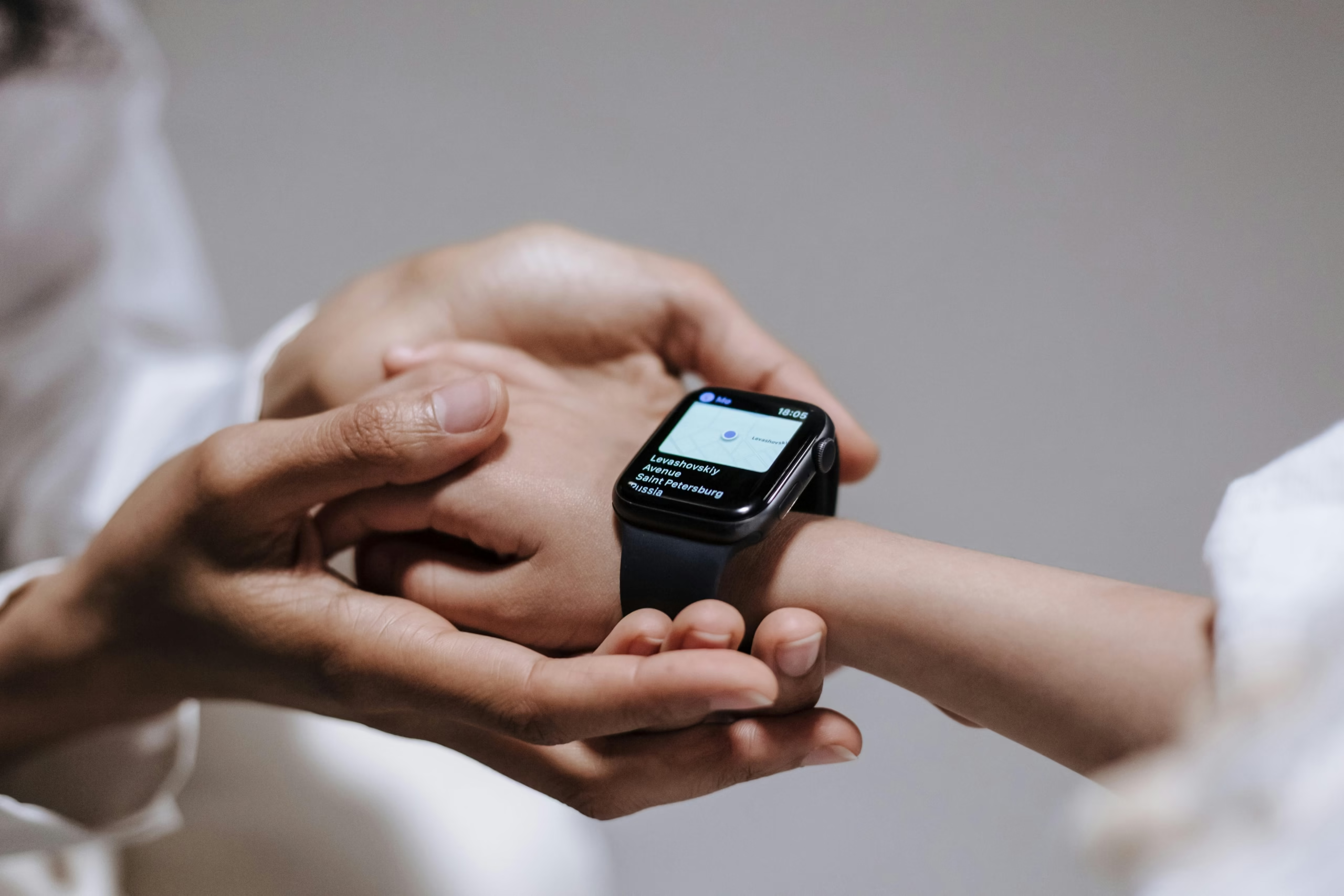Introduction
In recent years, wearable X‑ray technologies have emerged as a transformative force in pediatric care. They promise to make imaging more child‑friendly, mobile, and aligned with modern clinical workflows. As of mid‑2025, leading research institutions and health tech companies are testing solutions ranging from flexible sensor fabrics to quantum‑dot hoodies. This article explores ten cutting‑edge innovations that are reshaping how we image young patients — all backed by timely, real‑world developments and scientific advances.
1. Quantum‑Dot Bendable Scintillator Hoodies
Overview
- Developed by the University of Queensland (UQ), this “hoodie” integrates quantum‑dot hybrid glass sensors, conforming closely to a child’s chest to capture respiratory images in real time.
Recent Milestones
- Dr. Jingwei Hou secured a AUD 1.6 million NHMRC grant aimed at refining lightweight, small‑lighting detectors for pediatric lesions.
- Clinical plans focus on chronic lung disease and respiratory distress in children under five — with special focus on improving inclusivity for First Nations youth.
Key Benefits
- Children may wear these garments at home or in transport settings, facilitating scans without sedation and delivering more reliable imaging via high‑resolution sensors.
2. Metafabric Scintillator Wraps
Overview
- A team led by researchers at Hong Kong Polytechnic University created an all‑inorganic scintillator metafabric, capable of bending and stretching like cloth.
Scientific Breakthroughs
- The fabric’s scintillation output is 10× higher than any flexible polymer scintillator previously made.
- Made via sol‑gel electrospinning, it retains high atomic numbers (Z) in a flexible form, ideal for conformal X‑ray wearables.
Implications for Pediatrics
- Durable and breathable, it could be shaped into child‑friendly forms — capes, wraps, or sleep‑suits — enabling dynamic, in‑motion imaging without anxiety or sedation.
3. Epidermal Electronics for X‑ray Detection
Concept
- Epidermal Electronic Systems (EES) are soft‑skin sensors that meld with epidermal tissue to track physiological data . Though not yet applied to X‑rays, they are poised to evolve into flexible, stretchable detectors with built‑in scintillation or photodiode layers.
Pediatric Fit
- Deliver delicate attachment with ultrathin membranes (<100 μm) that minimize motion and skin trauma — critical for neonates and toddlers.
4. Dynamic Digital Radiography (DDR) Wearables
Current Use
- Portable DDR systems allow for dynamic, low-dose X‑rays during movement. Valley Children’s Hospital recently highlighted DDR’s role in pediatric care.
Integration into Wearables
- Imagine coupling DDR technology with wearable arrays — allowing “mini‑fluoroscopy” jackets to visually track chest expansion and diaphragm movement in real time.
Clinical Upside
- Offers immediate motion‑aware imaging during outpatient visits or in remote settings, reducing the need for sedation, especially in asthma or pneumonia cases.
5. CT‑Mimicking Patches
What They Do
- These are chest‑worn patches, incorporating flexible sensors and AI to simulate 3D chest imaging with a single X‑ray projection, cutting radiation exposure.
Advantages
- Leverages AI to recreate volumetric data, potentially ensuring true 3D imaging via sensor garments without bulky, high‑dose CT scanners.
Potential Pediatric Impact
- Ideal for monitoring serious lung infections and post‑surgical chest assessments — providing clarity without risking over‑radiation.
6. WaiRobot‑Assisted Intraoperative Imaging
Innovation
- Dell Children’s Medical Center introduced the Velys robot, used in spinal fixation with real‑time portable X‑ray guidance.
Pediatric Thread
- Although not wearable per se, this technology demonstrates how miniaturized, mobile X‑ray imaging assists surgeons. In the future, sensor-laden surgical gowns may enhance intraoperative feedback.
7. Smart Resource Integration with RSV & Imaging
Holistic Care
- Medical professionals are aligning diagnostic innovations with preventive health protocols — such as RSV vaccination campaigns.
Maternal Strategy
- Integrating wearable X‑ray wearables in clinics aligns with growth of digital vaccination services, giving clinicians a systematic diagnostic and preventive toolkit.
8. AI‑Supported Fracture Detection
Recent AI Progress
- The YOLOv10 model advanced pediatric wrist‑fracture detection to ~52% mAP—improving real‑time radiology in resource-limited clinics.
Wearable Vision
- Envision wrist brace wearables that capture daily snapshots and notify caregivers or physicians upon fracture suspicion — bridging home care and early intervention.
9. Mobile Pneumonia Detection via Explainable AI
Breakthrough App
- “PneumoniaA PP” uses CNNs on mobile devices to achieve 88% to 97% accuracy in pediatric pneumonia detection from X‑rays.
Possible Wearable Use
- Paired with chest-band sensors, such solutions could analyze images from garments and deliver immediate alerts — a true hybrid of wearable diagnostics + on‑device intelligence.
10. Zero‑Shot Tuberculosis Detection Tools
Innovation
- Zero‑shot learning using Vision Transformers extends adult-trained models to pediatric TB detection on chest X‑rays (~0.70 AUC) without additional labeling.
Wearable Alignment
- Integrate this with wearable chest fabric for rapid TB screening in low-resource zones — replacing large stationary X‑ray setups.
FAQs
Q: Are wearable X‑rays safe for kids?
Yes — current research focuses on low-dose, localized detection. Inorganic scintillators improve efficiency, reducing exposure compared to traditional CT scans .
Q: When will these be available?
Clinical trials for quantum‑dot hoodies are expected within 5 years. Metafabric prototypes are currently in lab development .
Q: Will they replace traditional X‑rays?
Not yet. Initially, wearables will serve as adjuncts in home, emergency, and outpatient settings, reducing strain on radiology suites and minimizing delays.
Conclusion
The synergy of flexible materials, quantum science, AI, and patient-centered medical design is ushering in a new era of pediatric imaging. These ten wearable X‑ray technologies — from quantum‑dot hoodies to metafabric wraps, epidermal sensors to smart AI patches — offer a future where children receive fast, gentle, accurate care “on the go.”
As trials begin and costs decrease, these wearables will likely become routine tools in hospitals, ambulances, remote clinics, and even living rooms. With upheld priorities of safety, regulatory rigor, durability, and affordability, we are approaching a world where wearable imaging becomes as familiar as a stethoscope — but far less daunting for young patients.
Click here to read more about TECH trending news
![]()




Great read! It’s fascinating how tools like the Lovart AI Design Agent are blending creativity with AI-especially in streamlining design workflows while keeping human intuition central.